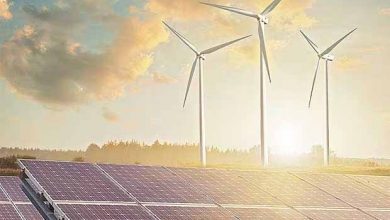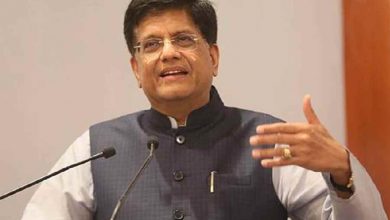Grow faster to make up for contraction during COVID-19 pandemic

Washington, Apr 10 (PTI): India, which is projected to grow at an impressive rate of 12.5 per cent this year, needs to grow at a much faster pace to make up for the unprecedented contraction of eight per cent that it clocked during the COVID-19 pandemic in 2020, according to a senior IMF official.
The International Monetary Fund Deputy Chief Economist, Petya Koeva Brooks, in an interview to PTI, he also made a strong case for an additional economic stimulus to address the impact of the pandemic on the country’s economy.
“When it comes to India there was a major collapse of output last fiscal year and the number as you mentioned is eight.
“So, we are very glad to see the strong rebound this year with projected growth of 12.5 for fiscal year 21-22 and we are seeing also high frequency indicators including PMI (Purchasing Managers’ Index), and trade and more mobility indicators which give us a sense that there is continued recovery in the first quarter of this year,” she said. That said, there are some recent emergencies of the new variants in the localised lockdowns that are seen as one of the threats to this recovery, Brooks noted.
On the recovery itself, when it comes to level in terms of the level of output, we are expecting that level to return to the pre-crisis one from 2019 to this fiscal year. That is what we have in our projections.
“However, if you look at a concept of scarring, which just compares what the level of output would have been hadn’t there not been a crisis in 2024, which is the measure which we are using. Then at and compare where our current growth trajectory is for India that gap is much larger, Brooks said.
The gap, she said, which is eight per cent of GDP is significantly larger than what it is for the world as a whole.
“For the world as a whole it’s about three (per cent), which is another way of saying that even though in the near term we have this real rebound, there’s still scope in the coming years to see higher growth which would reduce and hopefully, eliminate that scarring, which we are currently expecting, the top IMF official said in response to a question.
“If we were to just think about the level of output that it was prior to being a pandemic then that catch happens this year, which is not surprising also given the very high level of the underlying high level of growth which India has. But again, if we compare it to the path of what it would have been without the pandemic then we are getting too many larger gaps there, she said.
Noting that the Indian government took several steps to address the COVID-19 crisis, Brooks said, We have seen policy responses, which have been coordinated and in several areas. We have seen that the fiscal support, the monetary easing as well as the liquidity and regulatory measures that were taken.”
What makes sense is to maintain the focus on having that coordinated policy response because this is what’s going to prevent the long-term damage to the economy. Providing that support to small and medium-sized firms as well as vulnerable houses would be particularly important, she said.








